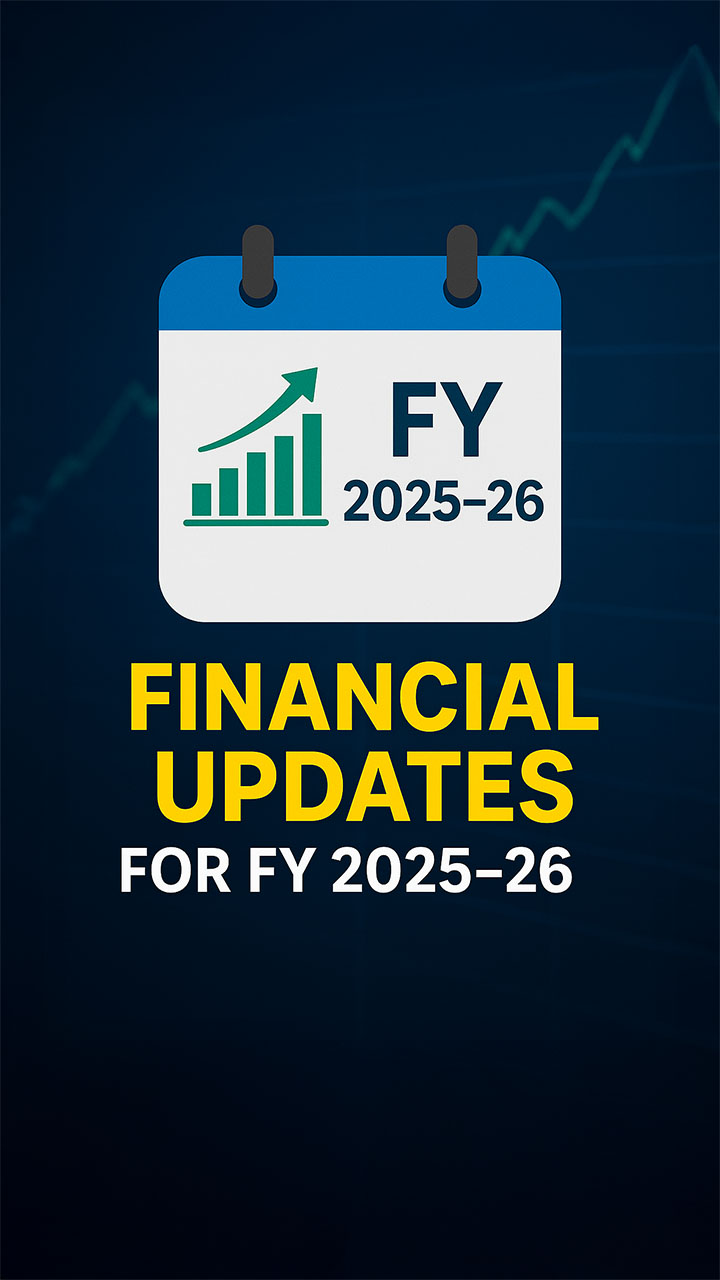Calculating Your Taxable Income: A Beginners Guide
Tax season often brings the need to carefully calculate your taxable income. If you're a salaried individual with specific investments and insurance payments, this video could guide you through the tax calculation process.
First, we’ll look at what deductions can you utilise in the Old Tax Regime to help reduce taxable income. These include deductions under sections like 80C for investments (e.g., life insurance, Equity Linked Saving Schemes, etc.) and 80CCD for contributions to the National Pension Scheme (NPS). We’ll also explore what standard deductions are applicable.
Additionally, you’ll find out that once these deductions are subtracted from your gross income, the result is the amount subject to tax. Based on your income after all these deductions, you’ll fall into a tax bracket. This video will then discuss how the tax rates apply accordingly via a step-by-step calculation.
After that, we will come to the New Regime, where only a standard deduction is applied; you can claim little to no tax exemptions or deductions. This could make your calculations simpler but allow lesser tax benefits. The remainder of your gross income is taxed according to the applicable slab.
Hence, you’ll see that the tax due ultimately depends on your deductions, investments, and chosen regime. This understanding can guide you to make tax-efficient financial decisions.

Key Takeaways
Understanding tax calculations is crucial during the filing season, as it allows you to manage your finances effectively
Utilise online calculators for ease but understand how taxable income is calculated for a comprehensive financial strategy
Be aware of significant deductions applicable sections like 80C, 80CCD (1B), 80D, and others to reduce your tax liability
Differentiating between Old and New Tax Regimes is essential, considering exemptions and standard deductions
Carefully assess your investments and deductions to determine the taxable income and the corresponding tax slab
Plan wisely to maximise tax savings, considering the nuances of the chosen tax regime and available deductions
A well-informed approach to tax filing empowers you to make informed financial decisions and achieve optimal tax efficiency
What to Watch Next
Bites






































